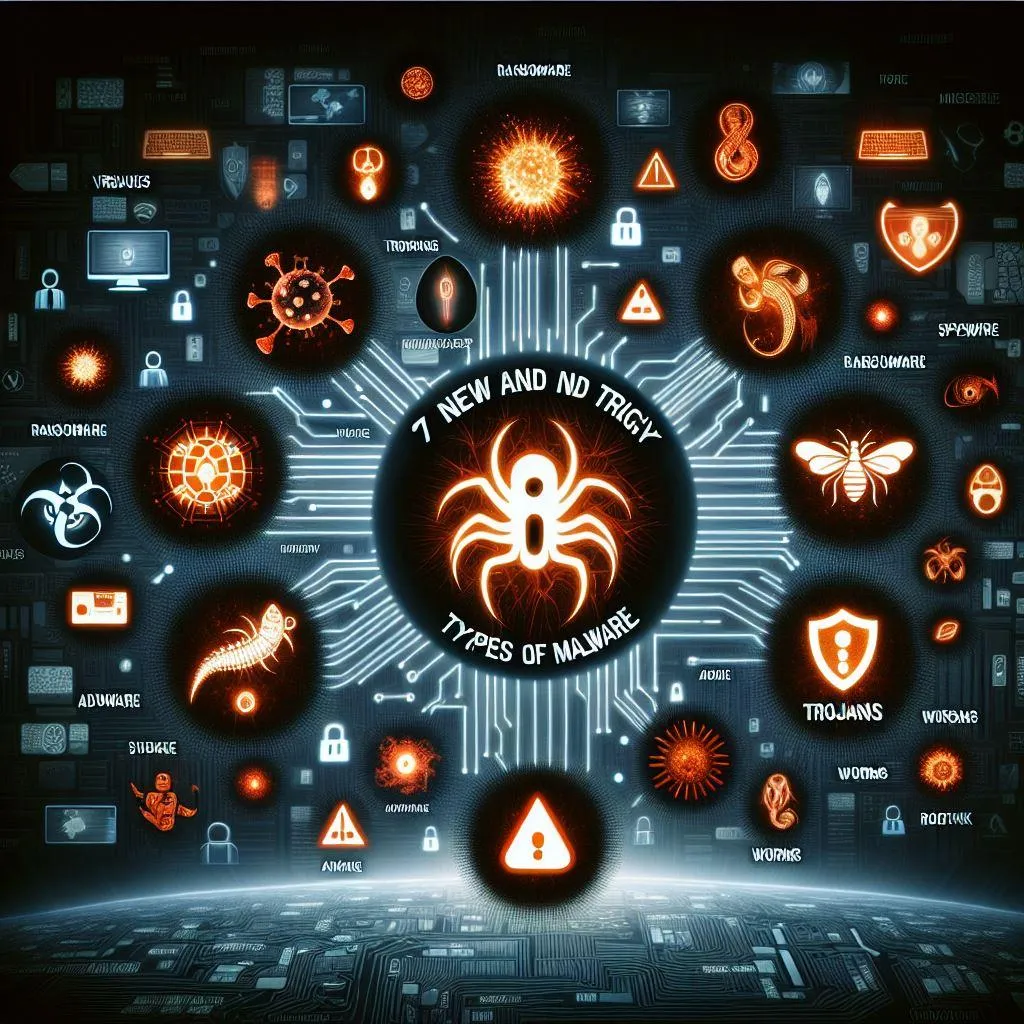
7 New and Tricky Types Of Malware To Watch Out For
Cyber threats are evolving fast. As technology gets smarter, so do the tactics used by cybercriminals. Modern malware is no longer just about viruses or pop-ups—it’s stealthy, sophisticated, and often invisible until it’s too late. Below are seven of the newest and trickiest types of malware that businesses and individuals need to be aware of.
1. Polymorphic Malware
Polymorphic malware constantly rewrites its own code to avoid detection. Every time it replicates, it changes its appearance using techniques like instruction substitution, code transposition, and register reassignment. Traditional antivirus tools that rely on identifying known malware signatures struggle with this shape-shifting threat.
While the decryption component of the malware often stays consistent, the rest mutates with each copy, allowing it to evade detection until newer security tools catch up. This type of malware is often found in large-scale attacks due to its ability to quickly evolve and spread.
2. Fileless Malware
Unlike traditional malware, fileless attacks don’t leave traces on your hard drive. Instead, they execute directly from your computer’s memory (RAM), typically through scripts run by trusted tools like PowerShell or Windows Management Instrumentation (WMI).
Fileless malware usually enters through phishing emails with malicious links or attachments. Once inside, it communicates with a remote server, downloading additional scripts and stealing data—all without leaving a traditional file footprint. This makes it extremely difficult to detect and remove using standard endpoint protection tools.
3. Advanced Ransomware
Ransomware has grown from simple lockout threats to full-scale data extortion operations. Today’s advanced ransomware doesn’t just encrypt your data—it steals it too. Attackers then threaten to publish sensitive information unless a ransom is paid.
These attacks often spread across networks, encrypting servers, backups, and endpoint devices. Critical industries like healthcare and government have been popular targets, and the financial and operational damage can be devastating.
4. Social Engineering Malware
This malware doesn’t rely on tech vulnerabilities—it targets human error. Social engineering malware disguises itself as something trustworthy, like a system update or an invoice, to trick users into downloading it.
By using psychological manipulation, attackers gain access to devices or credentials. These campaigns often mimic legitimate communication from vendors, colleagues, or even government agencies—making them harder to spot.
5. Rootkits
Rootkits are designed to give attackers deep control over your system while hiding their presence. Once installed, a rootkit can disable antivirus software, open backdoors for other malware, and manipulate system settings—all while staying out of sight.
They’re often delivered through phishing or bundled with legitimate-looking software. Rootkits can be very difficult to remove and often require a complete system wipe or rebuild to ensure they’re gone.
6. Spyware
Spyware silently monitors your device activity, tracking everything from keystrokes to screen content. It’s often used to steal personal data like banking credentials, passwords, and browsing history.
Spyware is typically bundled with free apps, hidden in malicious websites, or attached to email links. It slows down system performance and compromises your privacy without you even realizing it’s there.
7. Trojans
Trojans are malware disguised as legitimate programs—like a fake antivirus app or software update. Once installed, they can open the door to more serious threats: ransomware, keyloggers, and remote access tools.
Trojans don’t replicate on their own, so they rely heavily on tricking users. This often comes through phishing emails that look like they’re from well-known brands or even internal contacts.
How to Stay Protected
Cybercriminals are always adapting, but so can you. The best defense against malware is layered: combine strong endpoint protection with employee training, patch management, and secure backup strategies.
Want expert help keeping your systems safe? Reach out to our team today—we’ll help you assess your risks and build a stronger defense.